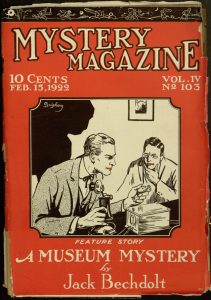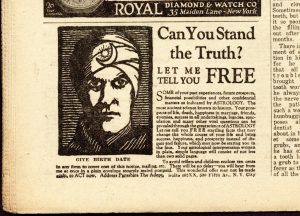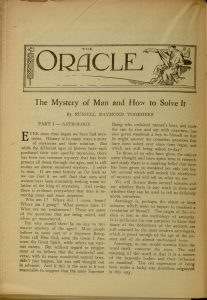
My case in the exhibit, “Poetic License: Seven Curators’ Poetry Selections from Distinctive Collections,” showcases examples of weird and fantastical poetry from Falvey Library’s holdings. Here, the term “weird” is used not colloquially, but rather in reference to the genre of weird fiction, which emerged in the nineteenth and twentieth centuries. Owing much to Gothic horror, weird fiction reinvented the creatures and themes of Gothic horror and other forms of speculative fiction, as portrayed by writers such as Edgar Allan Poe. In fact, H. P. Lovecraft, the most widely known practitioner of weird fiction, considered Poe’s writings the origin of the genre. While writers like Lovecraft are now remembered largely for their contributions to prose, my exhibit case highlights their lesser known, but equally interesting, poetic works. Examples are drawn from Weird Tales, arguably the most popular periodical to ever publish weird fiction and poetry. These poems explore themes that are central to the genre, including the supernatural, the passage of time, and the futility of human pursuits in an indifferent cosmos. Formally, the poems tend to implement consistent rhyme and meter, which amplify the haunting quality of these works.

Case on “Weird and Fantastical Poetry” from “Poetic License” exhibit, on the first floor of Falvey Library
Some poems in the case are quite literally fantastical, like Lovecraft’s “Night Gaunts,” which describes the dreadful flying creatures that first appeared in the author’s posthumously published novella, The Dream-Quest of Unknown Kaddath (1943). Other poems adopt a more grounded approach, such as Sudie Stuart Hager’s “Inheritance,” which examines how folklore can pass fantastical notions from one generation to the next. Meanwhile, Leah Bodine Drake’s “The Steps in the Field” uses fantastical motifs to develop a resonant metaphor about the afterlife, but also emphasizes the idea that some knowledge is dangerous and best left undiscovered—a popular theme in weird fiction and poetry. Together, these and other poems in the case paint a vivid picture of weird and fantastical poetry, its primary thematic concerns, and its formal techniques in the first half of the twentieth century.

First stanza of: Sudie Stuart Hager, 1895-1982. “Inheritance” in Weird Tales, v. 35, no. 4, p. 111. New York: Weird Tales, July 1940.
The case also displays four covers of Weird Tales issues, illustrated by Margeret Brundage, Matt Fox, and Virgil Finlay. These expressive, colorful images, which depict eerie and otherworldly scenes, nicely complement the similarly evocative poetic works that accompany them.
-
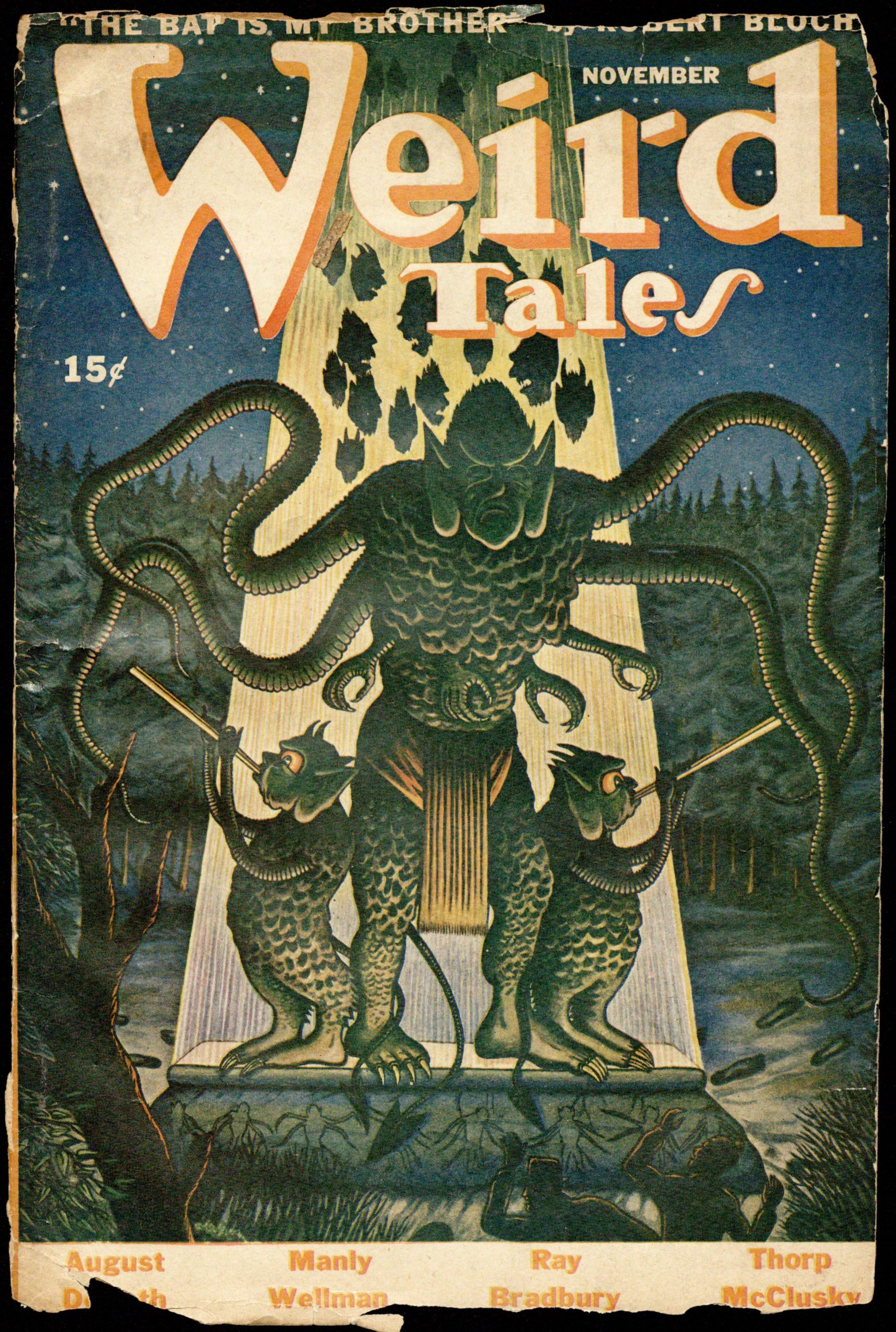
-
Matt Fox, 1906–1988. Cover for Weird Tales, v. 38, no. 2. New York: Weird Tales, November 1944.
-
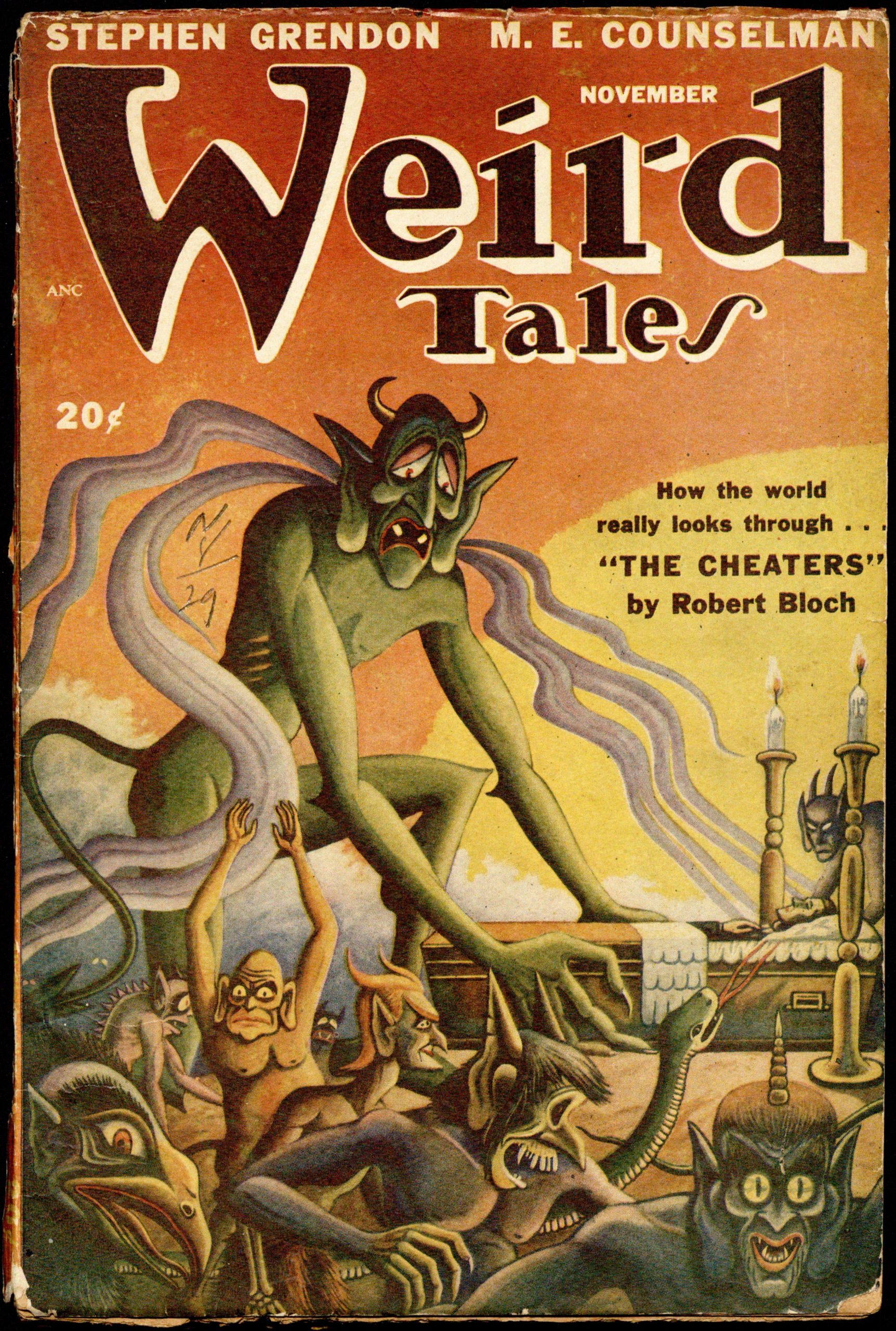
-
Matt Fox, 1906–1988. Cover for Weird Tales, v. 40, no. 1. New York: Weird Tales, November 1947.
Lastly, the case includes two works by authors who influenced the poetry in Weird Tales. First and foremost, Poe’s 1845 narrative poem “The Raven,” with its exploration of a depressed man’s desperate attempt to derive meaning from a bird’s repetitive sounds, lays the groundwork for numerous character arcs in weird fiction and poetry. The edition of this poem that is displayed in my case has been digitized and made available on the Villanova Digital Library, and may be read in full here. Furthermore, the case includes the Anglo-Irish author Lord Dunsany’s “A Walk in the Wastes of Time,” a metaphorical poem about communal memory, which was published in The Smart Set in 1917. This title has also been digitized and is available here. (A couple of years after this poem’s publication, Lovecraft would attend a talk by Dunsany in Boston; Dunsany’s influence on Lovecraft’s writings during this period is evident in many of Lovecraft’s works. Comic-book writer Alan Moore portrays the Boston talk in his Lovecraftian series Providence, which serves as both sequel and prequel to Moore’s Neonomicon.)
For more content related to weird fiction and poetry, read our digitized copy of Lovecraft’s personal journal of astronomical observations from 1909 to 1915, as well as this blog article that explains the significance of this rare manuscript. The Digital Library also includes other nineteenth- and twentieth-century texts that explore the occult, including several issues of The Paragon Monthly, a handbook on spiritualism, and other examples.

Cover for “Finding a Fortune, or, The Mystery of the Old Bell Tower / by a Self-Made Man,” 1921. Click on image for full text.

Cover for “The Paragon Monthly”, October 1907. Click on image for full text.
![Cover for "Saved by a Phantom," [1800s]. Click on image for full text.](https://blog.library.villanova.edu/wp-content/uploads/2023/02/3-715x1024.jpg)
Cover for “Saved by a Phantom,” [1800s]. Click on image for full text.
Please join us on Thursday, April 20, from 4 to 5:30 p.m. in Speakers’ Corner, Falvey Library, for the official launch and introduction of “Poetic License: Seven Curators’ Poetry Selections from Distinctive Collections,” followed by an open-mic poetry reading. This ACS-approved event is free and open to the public. In the meantime, make sure to view the full exhibit on the first floor of Falvey, and check the library’s blog for additional articles on individual curators’ cases!
1
1 People Like This Post



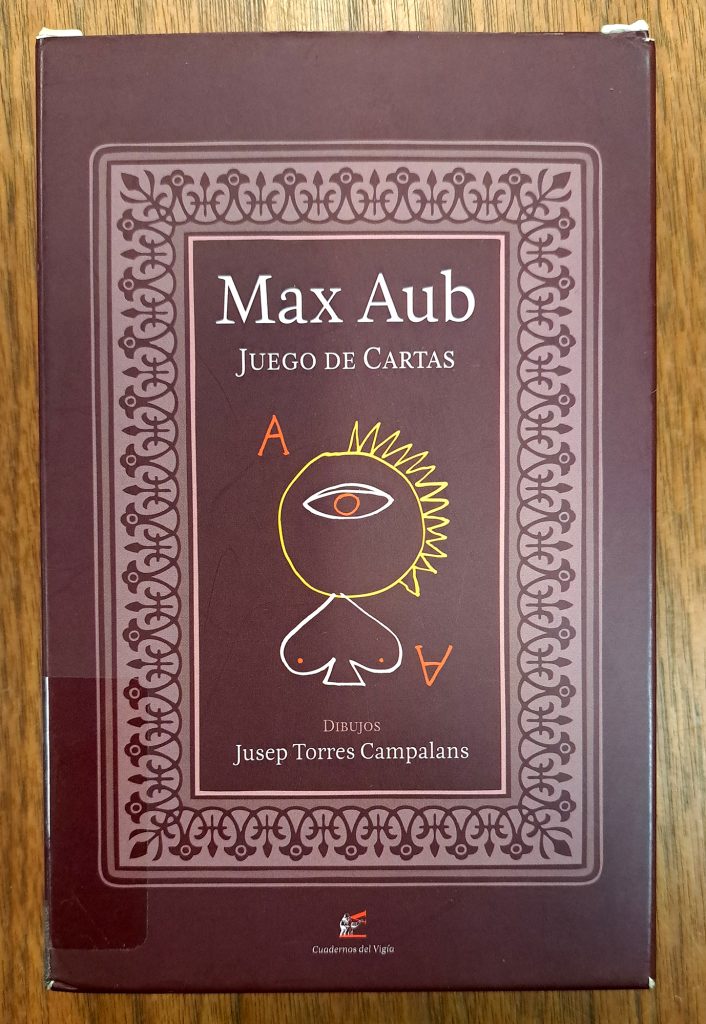
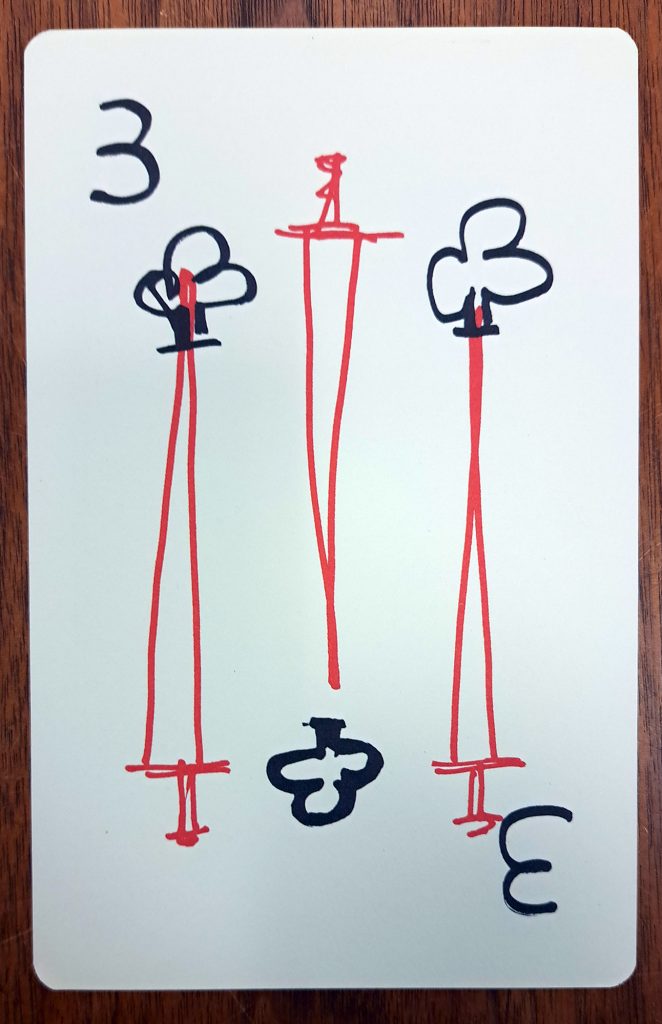
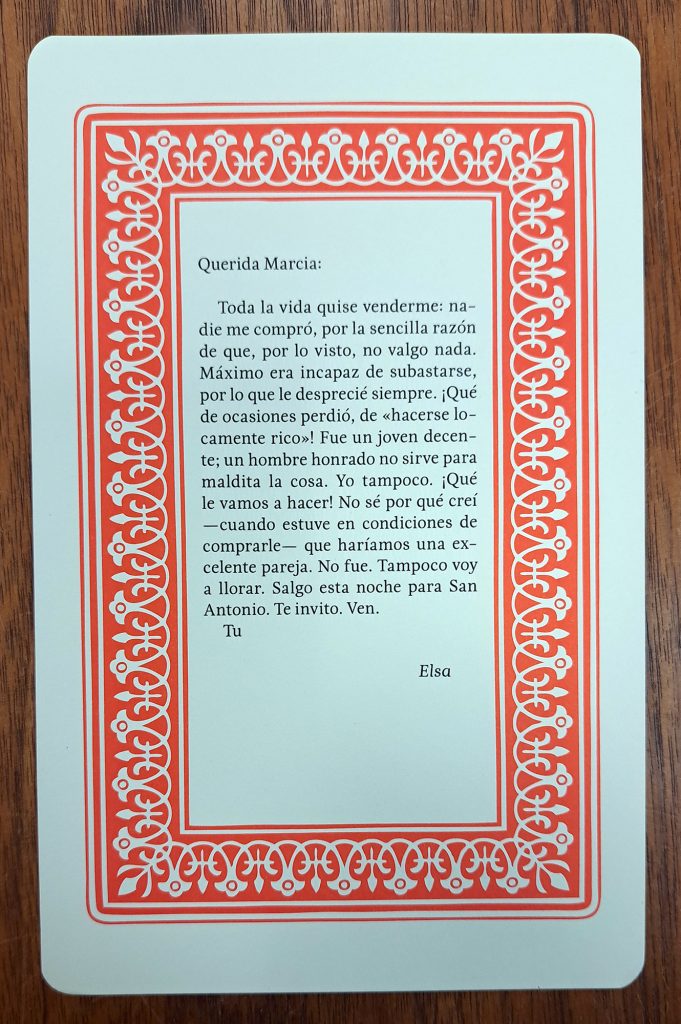

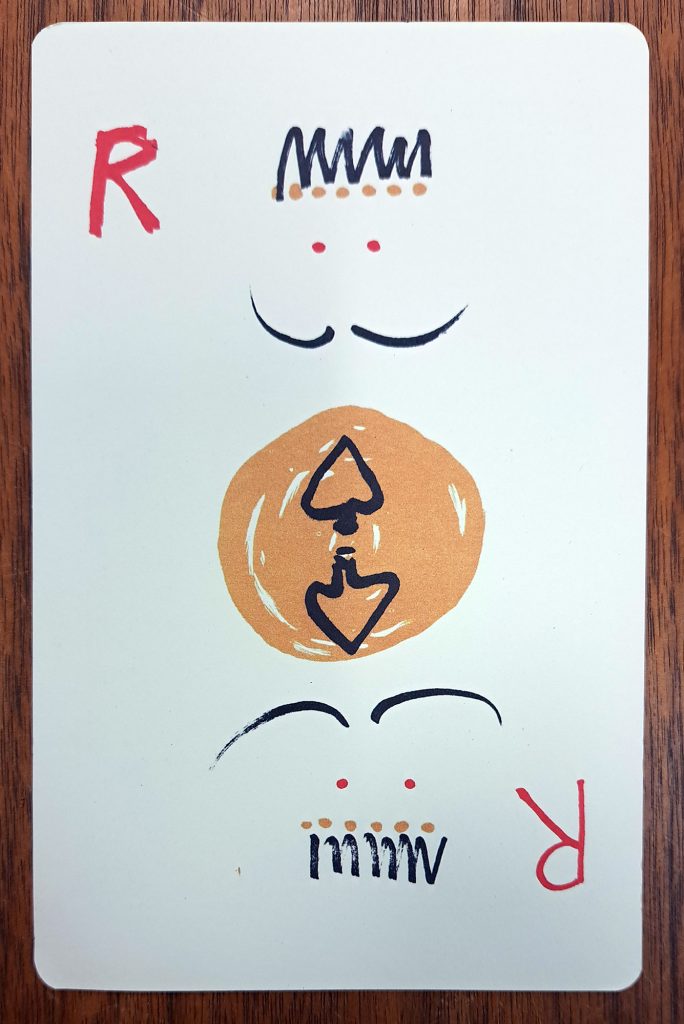
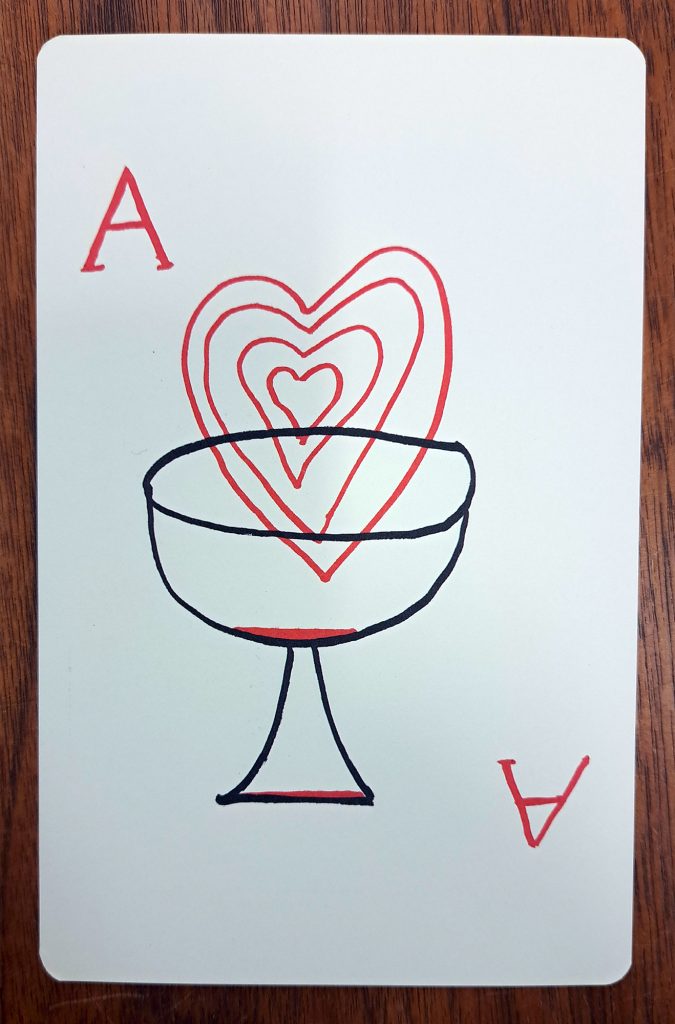




 Rebecca Oviedo is Distinctive Collections Archivist at Falvey Memorial Library.
Rebecca Oviedo is Distinctive Collections Archivist at Falvey Memorial Library.


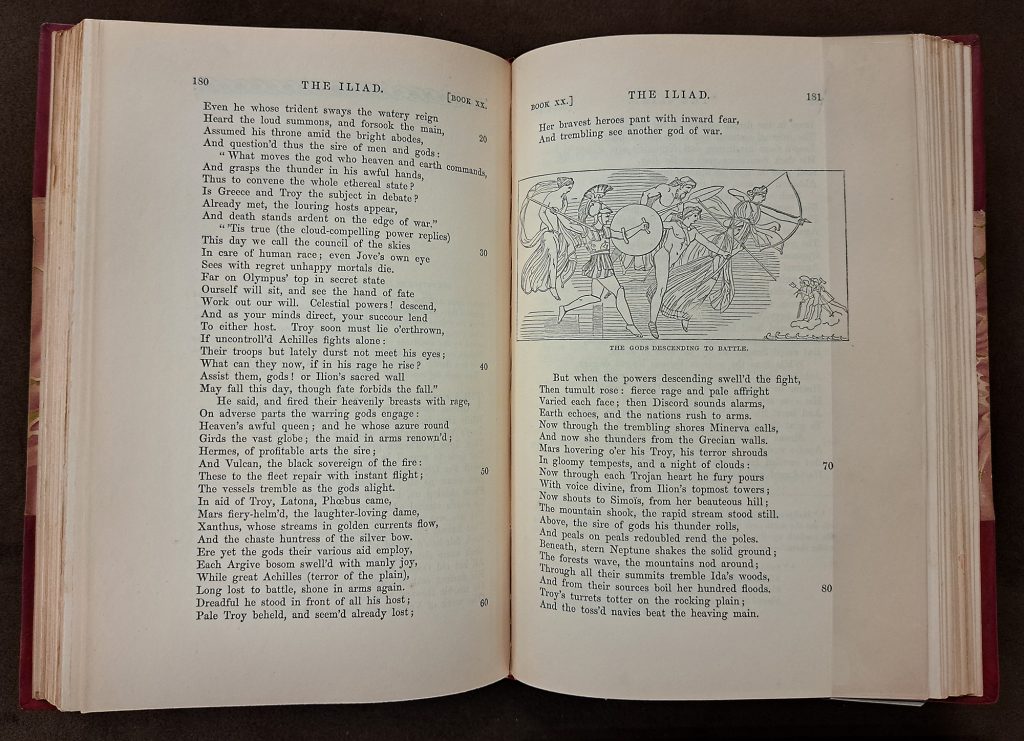
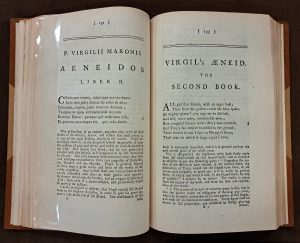
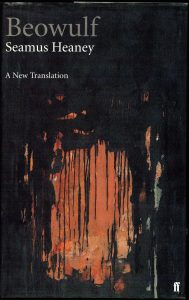
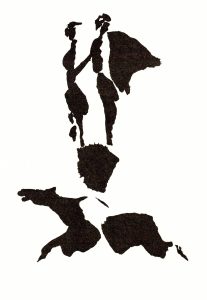
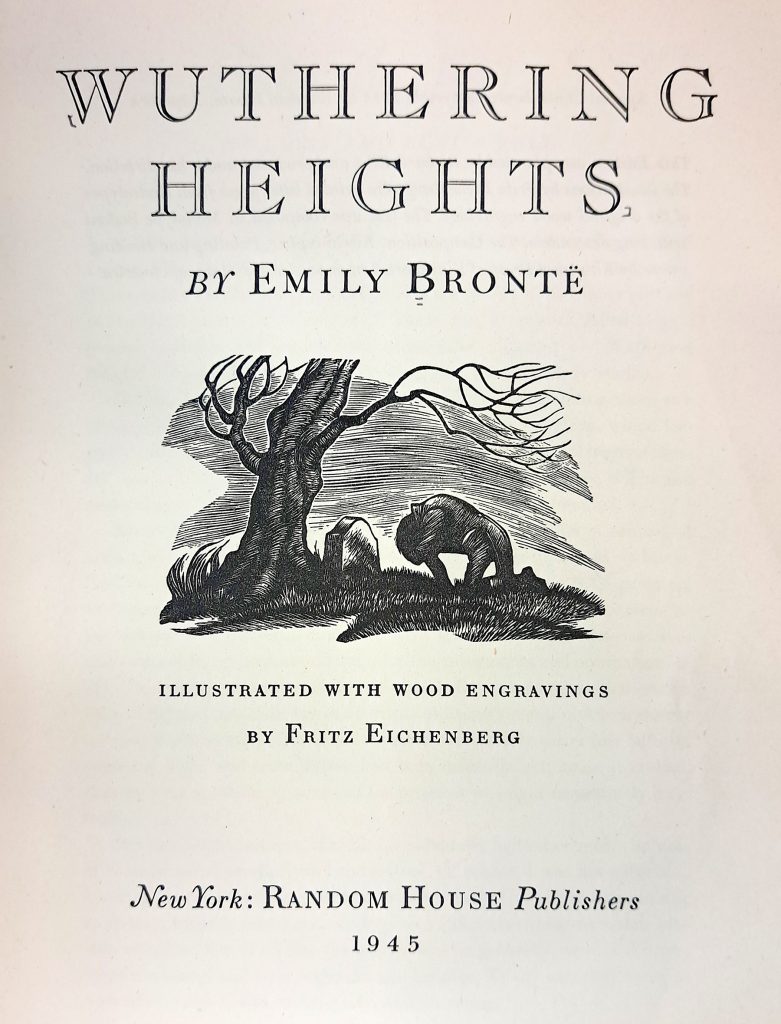

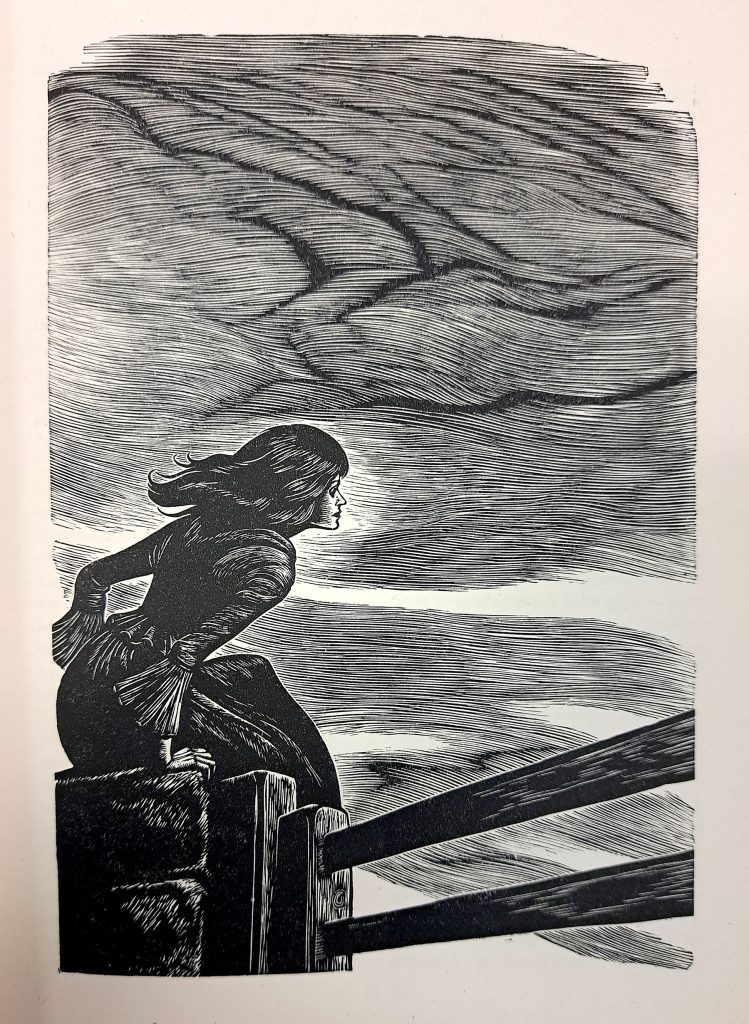
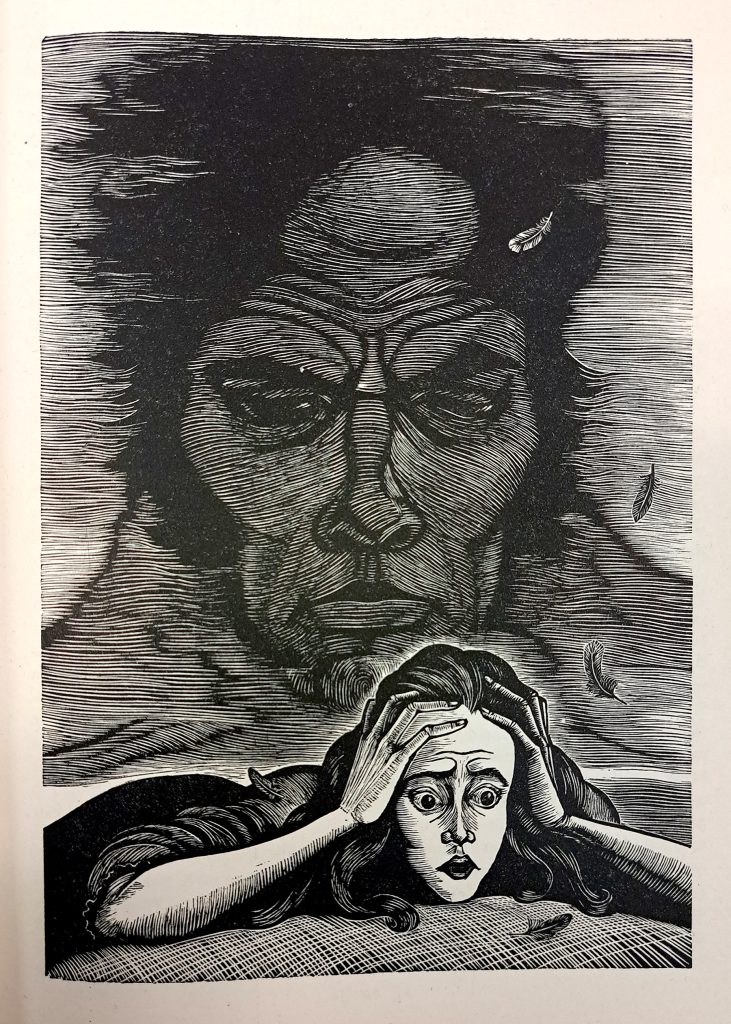
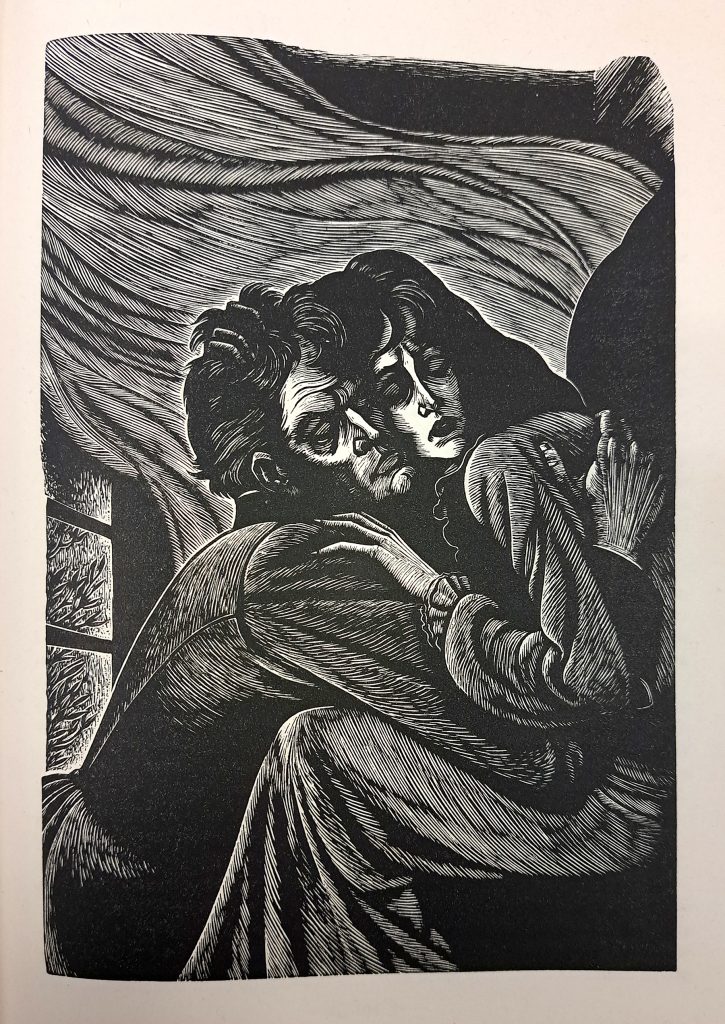
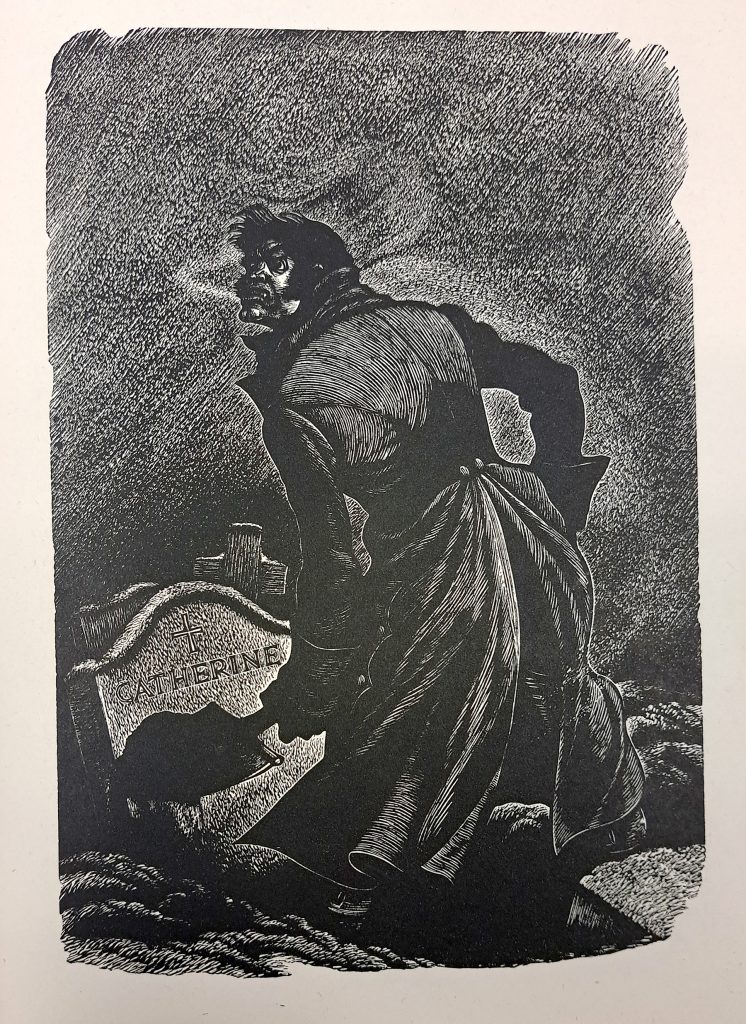
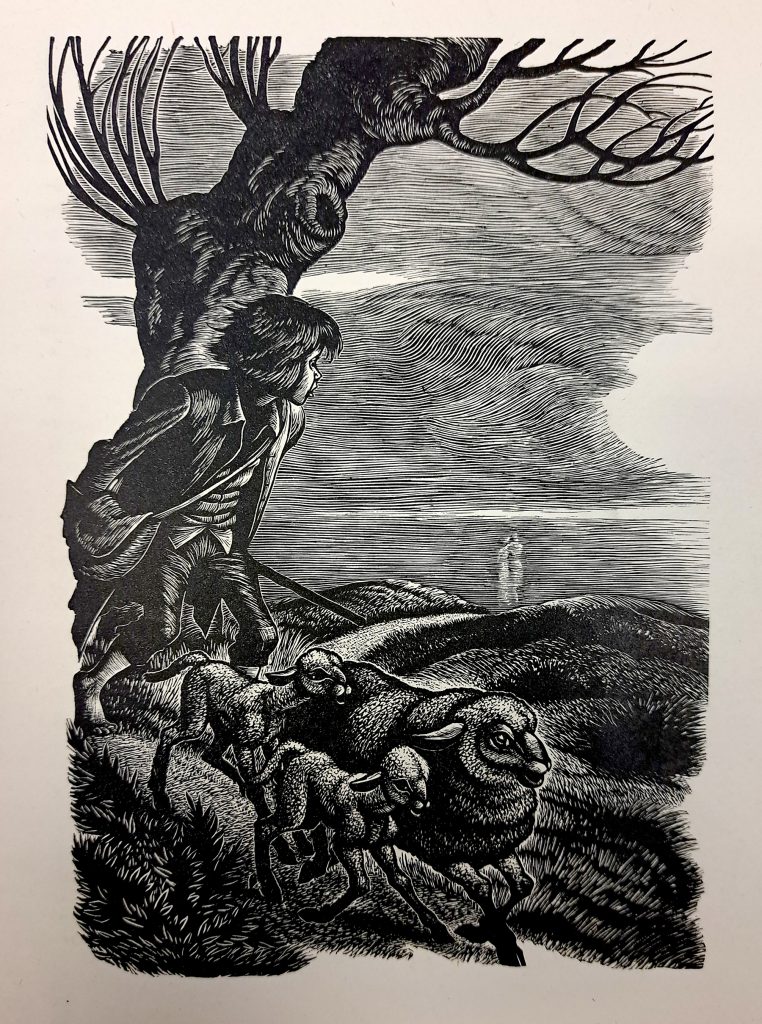







![Cover for "Saved by a Phantom," [1800s]. Click on image for full text.](https://blog.library.villanova.edu/wp-content/uploads/2023/02/3-715x1024.jpg)

